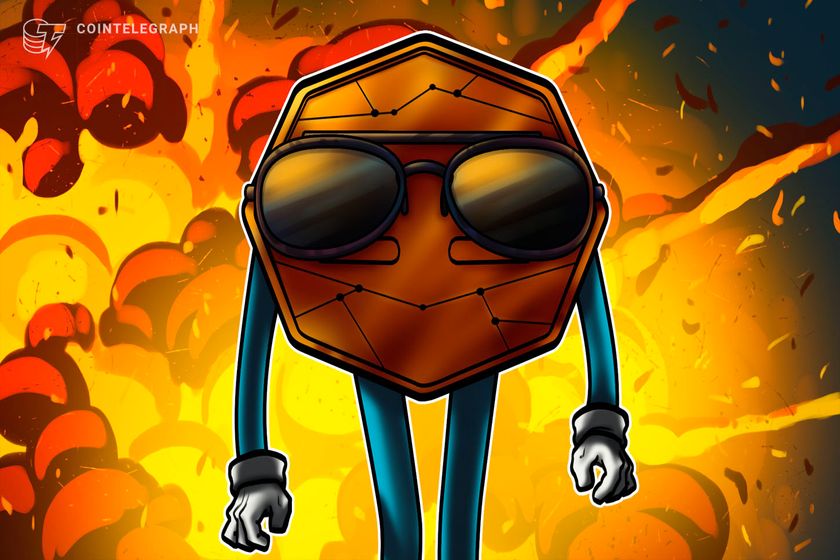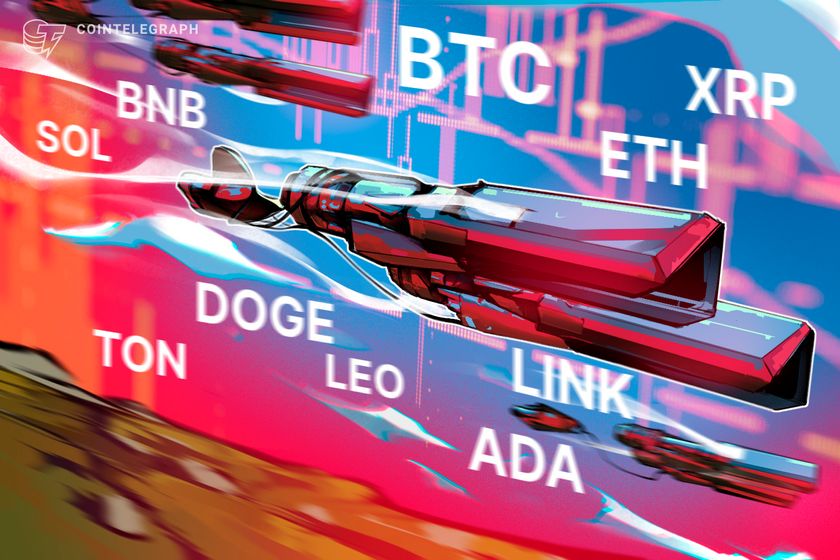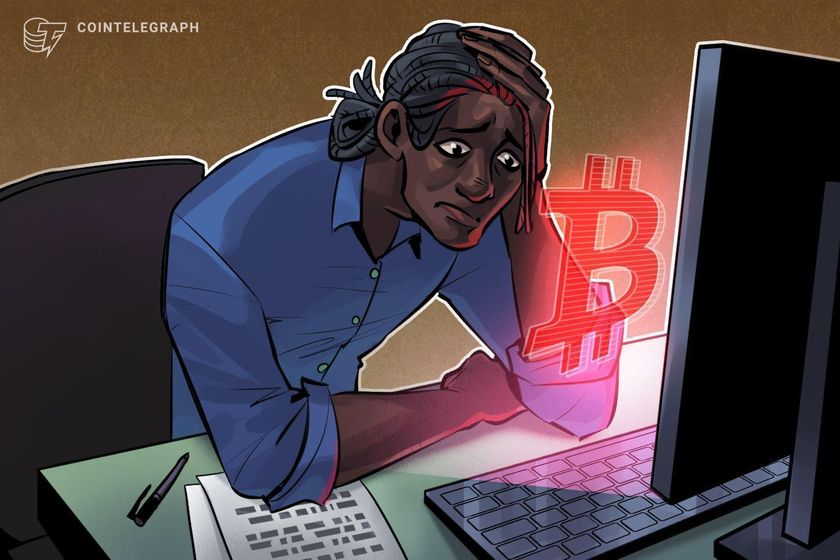

The election of US President Donald Trump was supposed to usher in a golden era of crypto. Although the regulatory stars are aligning, the crypto industry just experienced its worst quarter in years.
The prices of Bitcoin (BTC) and Ether (ETH) recorded their worst Q1 in seven years, market sentiment fell to its lowest point since the last bear market, and Coinbase stock experienced its worst sell-off since the FTX debacle.
With the first quarter finally in the books, investors are looking forward to positive catalysts for Bitcoin and the broader market. This could come in the form of favorable Spring seasonality, more clarity on Trump’s tariff policy and shifting policy winds at the Federal Reserve.
Coinbase stock suffers worst quarter since 2022
Coinbase stock, which has long been considered an important bellwether for the crypto industry, plunged by 33% in the first quarter despite reporting strong business fundamentals and a solid revenue outlook. As Cointelegraph reported, it was the worst quarterly decline since the FTX exchange collapse in late 2022.
Like other crypto-native businesses, Coinbase’s performance languished under the pressure of Trump’s tariff war, volatile digital asset prices and the overhang of tightening financial conditions from the previous quarter.
Beyond these short-term headwinds, though, Coinbase is booming. The company’s revenues more than doubled in 2024, reaching $6.6 billion. Its adjusted earnings rose to $3.3 billion, marking two consecutive years of growth.
COIN stock’s volatile year so far. Source: Google Finance
Trump family backs Bitcoin mining venture
Despite fear and volatility gripping the crypto markets, Donald Trump’s family is doubling down on its long-term investments in the industry.
On March 31, two of Trump’s sons, Eric and Donald Jr., announced they are backing a new crypto-mining venture called American Bitcoin. The venture is majority-owned by Hut 8, a public crypto miner.
American Bitcoin “aims to become the world’s largest, most efficient pure-play Bitcoin miner while building a robust strategic Bitcoin reserve,” the announcement said.
Although crypto prices are down, it’s getting harder for investors to remain bearish on the industry with the Trump family investing so heavily. The family is behind the DeFi project World Liberty Financial, which has amassed a large portfolio of digital assets that include Ether, Wrapped Bitcoin (WBTC), Aave (AAVE) and Chainlink (LINK).
Tether stacks more BTC
Stablecoin issuer Tether bolstered its balance sheet in the first quarter by acquiring 8,888 Bitcoin, according to onchain data that was later confirmed by CEO Paolo Ardoino. The company now holds 100,521 BTC valued at roughly $8.7 billion.
Tether is able to acquire Bitcoin and expand its venture capital business thanks in large part to its highly profitable stablecoin operations. The company generated $13 billion in profit last year on the back of its massive holdings of interest-bearing US Treasury bonds.
Despite its success, Tether has been the subject of negative reports by the media, industry and politicians. A recent JPMorgan report argued that Tether would be forced to sell a portion of its Bitcoin holdings to comply with forthcoming US stablecoin regulations.
A company spokesperson threw cold water on the conclusion, telling Cointelegraph that JPMorgan understands “neither Bitcoin nor Tether.”
GameStop raises $1.5B for Bitcoin purchases
Video game retailer turned meme stock GameStop Corporation is poised to add Bitcoin to its balance sheet after finalizing a $1.5 billion convertible debt offering.
“The company expects to use the net proceeds from the offering for general corporate purposes, including the acquisition of Bitcoin in a manner consistent with the Company’s Investment Policy,” GameStop said.
GameStop’s board approved the plan to invest in Bitcoin last month. The approval also green-lighted the company’s acquisition of US dollar-denominated stablecoins.
In addition to raising debt to buy Bitcoin, GameStop hinted at potentially using a portion of its $4.8 billion cash reserves to fund future acquisitions.
GameStop shares have experienced extreme volatility since March 26, when the company first disclosed its plan to acquire BTC. Source: Google Finance
Crypto Biz is your weekly pulse on the business behind blockchain and crypto, delivered directly to your inbox every Thursday.








